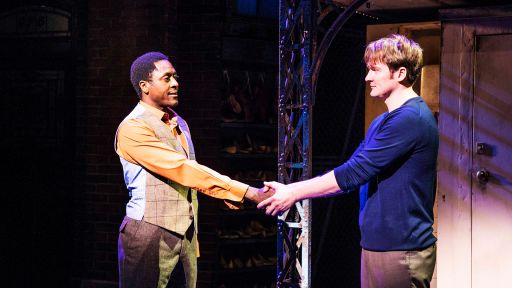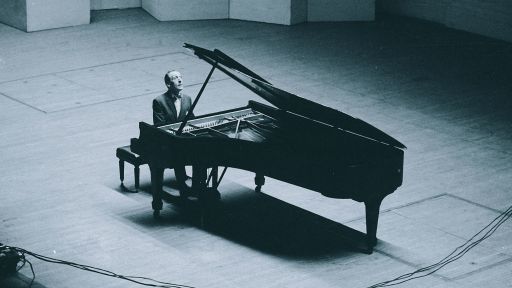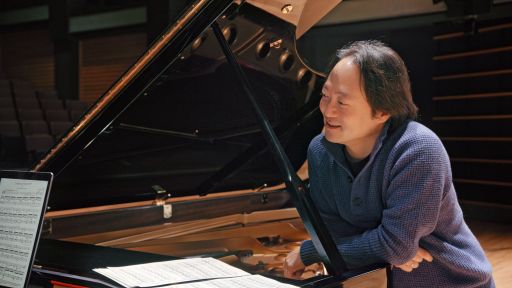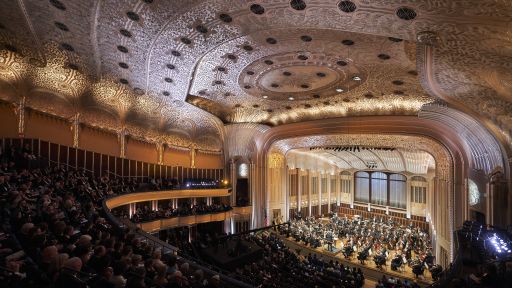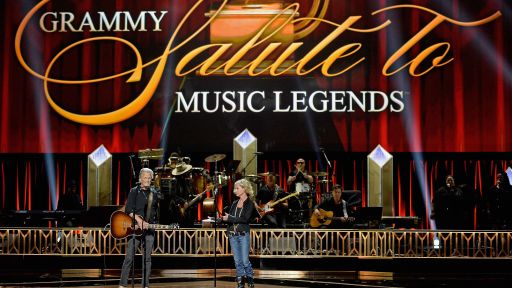Composer Reena Esmail breaks down the difference between raga and tala in Indian classical music, and how their function compares to scales and rhythms in Western classical music. Host Scott Yoo then gets treated to a performance to illustrate how this works.
Features
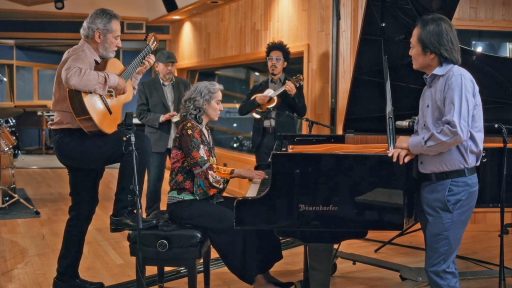
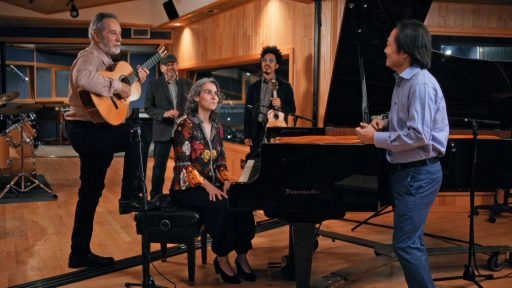
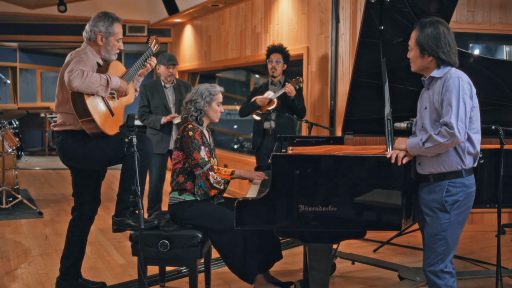
So, are they also playing the raags that you showed me earlier?
So, the rhythm element isn't raag. It's called taal.
Taal.
Yeah. Taal is a rhythmic cycle in Hindustani music, similar to a group of measures, or a single measure in Western classical music.
And each one, just like raag, also have these beautiful sound profiles.
There are lower beats. There are higher beats.
There are beats that are a little more sharp. Beats that are a little more open.
And so, just in the same way that raag is very poetic, taal is also very poetic.
Interesting. So, can you show me a taal?
Yes. But before that, I just want to show you what makes the taal.
The syllables of the tabla. If I say na. (plays) If I say tun.
(plays) If I say te-te. (plays) Keh. (plays) And both handed ta. (plays). Ta-tee-ta. (plays) Ta-tee-ta-na-ga-da. (plays) And so, it's kind of the way you to talk, you know. You speak with this.
You can express with this language.
Because every taal has its language which fits into the rhythmic cycle, of seven beats or 10 beats or 16 beats. For example, this composition.
(sings) That's the 'one.' So, he can count the one, and I can show you how I play the composition and come back to the one. Right?
♪♪♪ Count. 13, 14, 15, 16. One.
♪♪♪ It's stunning to me how vocal a percussion instrument can be.
Just like you were saying about singing. It's- I would say Indian classical music is totally based on vocal music.
Whether it be a melodic instrument, whether it be the voice, or whether it be the tabla, a percussion instrument. So... (Sings) (plays). ♪♪♪ It's amazing to me how easy it is for you to do with your left hand what you do with your vocal chords.
That's very impressive. Thank you. You wanna teach me? Sure!
Maybe easier ones. Easy ones. (laughs) ♪♪♪ That's too hard. Next lesson. I got to study.
Yes. (laughs) Can we hear a real piece? Yeah, sure.
♪♪♪ Now I get it: Raag is the scale. Taal is the rhythm.
They're the Indian versions of key and time signature, shaped by Indian vocal music.
Reena draws from these to give her music it's unique sound.
♪♪♪ ♪♪♪
You May Also Like

